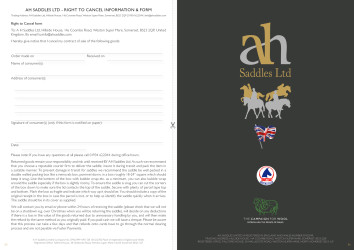e-books, e-brochures, e-presenters
As much as holding a publication in your hands and flicking through the pages gives a tactile feeling that its digital counterpart cannot touch, they offer some serious advantages over their printed equivalent, especially for small to medium-sized businesses on a budget. The cost has always been an enormous problem when printing books, magazines and brochures, even with specialist companies offering small-scale print runs. The usual way to make the price per item sensible is to up the print quantity, but more often than not, businesses end up with a surplus of “out of date” printed material, mainly because products or prices have changed, for example.
e-books, e-brochures and e-magazines are created from the same artwork and package as a printed version, but with the advantage that they can contain live links and functionality that’s not possible in print. For example, a contents page with chapters where you are taken to that page at a touch, or a product brochure with links to the website for more information or an online datasheet. Other advantages are that the digital publication can be sent via email, downloaded from a link, shared on social media, and very quickly kept up to date, all of this on top of the obvious environmental benefits.
















































































